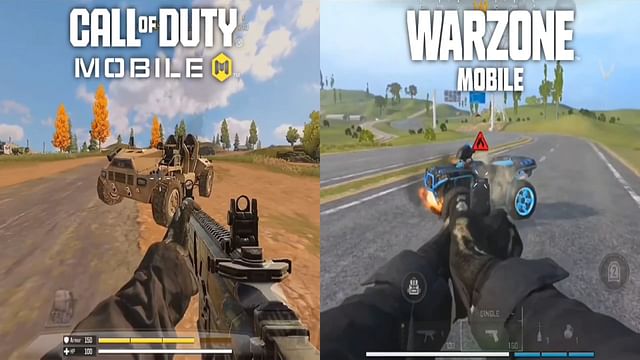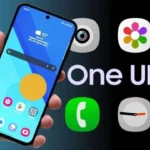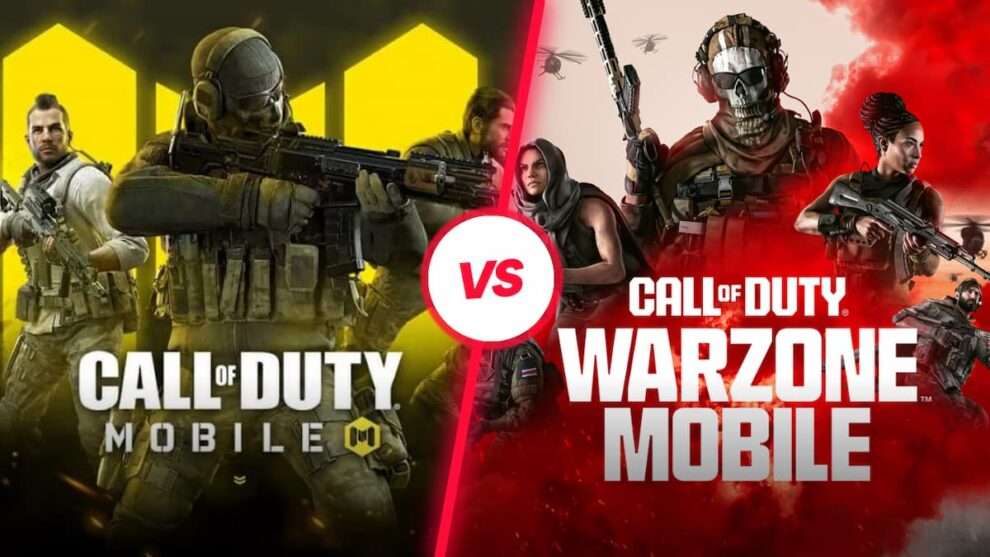Call of Duty: Warzone has become a cultural phenomenon since its debut, offering players an exhilarating blend of fast-paced combat and strategic decision-making. As the franchise continues to evolve, two distinct versions of Warzone have emerged: Warzone 2.0 and Warzone Mobile. While both share the same core concept of survival-based battles, they cater to different audiences and offer unique experiences. In this article, we’ll delve into the key differences between these two iterations, exploring their gameplay mechanics, features, and overall appeal.
The Evolution of Warzone
Warzone 2.0 represents the latest iteration of the mainline Warzone experience, built on the robust foundation of Call of Duty: Modern Warfare 2. Released in 2022, it introduced significant changes to the formula, including new maps, weapons, and gameplay systems. On the other hand, Warzone Mobile launched in 2023 as a standalone mobile version of the battle royale genre. Designed specifically for touchscreens, it brings the Warzone experience to a broader audience, accessible anytime and anywhere.
Understanding the context of each platform is crucial for appreciating the nuances that set them apart. Warzone 2.0 caters to PC and console players who demand high-fidelity visuals and intricate mechanics, while Warzone Mobile simplifies certain aspects to ensure smooth performance on mobile devices. Let’s explore how these differences manifest across various dimensions of gameplay.
Gameplay Mechanics: Core Differences
At the heart of Warzone lies its core gameplay loop—drop into a massive map, scavenge for resources, eliminate opponents, and survive until last standing. However, the execution varies significantly between the two versions.
Map Design and Size
Warzone 2.0 operates on larger, more detailed maps like Verdansk and Caldera. These environments feature expansive landscapes, diverse terrain types, and numerous landmarks, providing players with countless opportunities for strategic maneuvering. The sheer size encourages exploration and rewards those who take calculated risks, such as venturing into high-risk, high-reward zones early in the match.
In contrast, Warzone Mobile opts for smaller, more compact maps designed explicitly for mobile play. These arenas are optimized for faster-paced matches, where every second counts. While the reduced scale may seem limiting, it actually amplifies the intensity of encounters, forcing players to engage sooner and more frequently. This design choice aligns perfectly with the mobile format, where shorter sessions are preferred.
Movement and Controls
One of the most noticeable differences lies in the control schemes. Warzone 2.0 relies on traditional keyboard-and-mouse or controller inputs, allowing for precise movements and intricate interactions. Players can strafe, crouch, slide, and aim with pinpoint accuracy, creating room for advanced techniques like flanking maneuvers and ambushes.
Warzone Mobile, however, must adapt to touchscreen controls. Swiping gestures replace traditional analog sticks, and tapping replaces button presses. While this setup sacrifices some precision compared to PC/console counterparts, developers have implemented clever solutions to compensate. For example, auto-aim assists help stabilize targeting, and intuitive UI elements streamline navigation. Despite these compromises, skilled players can still execute complex strategies, albeit with a slightly altered rhythm.
Loot System and Resource Management
Loot distribution plays a pivotal role in determining the pace of a Warzone match. In Warzone 2.0, players typically begin with limited starting gear, relying heavily on scavenging to build their arsenals. This creates a dynamic where resource-rich areas attract fierce competition, leading to thrilling firefights and dramatic comebacks.
Warzone Mobile takes a different approach by introducing a more streamlined loot system. Players start with a baseline loadout that scales depending on the mode or event. For instance, some matches provide pre-equipped weapons, reducing the emphasis on scavenging and focusing instead on direct confrontation. This adjustment makes the game feel more immediate and accessible, catering to casual players who want quick bursts of excitement without getting bogged down in logistics.
Features: What Sets Them Apart?
Beyond the mechanics, Warzone 2.0 and Warzone Mobile differ in terms of additional features that enhance the overall experience.
Social Integration
For Warzone 2.0, social connectivity is a cornerstone of its identity. The game seamlessly integrates with Call of Duty’s overarching ecosystem, allowing players to join friends easily and participate in events organized by the community. Voice chat, clan systems, and leaderboards foster a sense of belonging among players, encouraging long-term engagement.
Mobile users, meanwhile, benefit from a more casual-friendly approach. Warzone Mobile emphasizes solo play and drop-in/drop-out functionality, making it easier for players to jump into matches whenever they have spare time. While the lack of persistent social structures might disappoint hardcore fans, it aligns with the mobile gaming ethos of convenience and flexibility.
Cross-Platform Play
Another notable distinction concerns cross-platform compatibility. Warzone 2.0 supports cross-play between PC, PlayStation, Xbox, and even mobile devices through cloud streaming services. This integration allows players across platforms to compete together, fostering a unified competitive scene. Unfortunately, Warzone Mobile does not currently support cross-play with its desktop counterpart, creating separate ecosystems that limit interaction between mobile and console/PC players.
Seasonal Content and Updates
Both versions receive regular updates via seasonal content drops. These updates introduce new maps, weapons, operators, and game modes, keeping the experience fresh and engaging. However, Warzone 2.0 tends to receive more extensive updates, often accompanied by cinematic trailers and elaborate lore expansions. Warzone Mobile, being a younger product, focuses more on iterative improvements rather than grand narrative arcs, ensuring steady progress without overwhelming newcomers.

Visuals and Performance
Visual fidelity is another area where the two versions diverge. Warzone 2.0 boasts cutting-edge graphics powered by the latest hardware capabilities. Detailed textures, realistic lighting effects, and immersive soundscapes immerse players in a hyper-realistic battlefield. This level of polish comes at a cost, requiring capable machines to run smoothly.
Warzone Mobile compensates for its lower graphical standards with optimizations tailored for mobile hardware. Lower resolutions, simplified particle effects, and adaptive frame rates ensure smooth performance even on older smartphones. While the visuals won’t dazzle tech enthusiasts, they remain serviceable enough to deliver enjoyable gameplay without taxing the device.
Community and Reception
The reception of Warzone Mobile among the broader Call of Duty fanbase has been mixed. Some players appreciate its accessibility and innovation, viewing it as a gateway for new players to enter the franchise. Others criticize it for diluting the core Warzone experience, arguing that certain compromises undermine its credibility as a legitimate entry in the series.
Regardless of opinion, Warzone Mobile has carved out its niche within the mobile gaming market. Its rapid adoption underscores the growing popularity of battle royale genres on portable platforms. Meanwhile, Warzone 2.0 continues to thrive as the flagship title, boasting a passionate community of seasoned veterans eager to push boundaries.
Warzone 2.0 and Warzone Mobile represent two sides of the same coin, each catering to distinct audiences with tailored experiences. While Warzone 2.0 excels in depth, complexity, and visual splendor, Warzone Mobile prioritizes simplicity, portability, and ease of access. Both versions bring something unique to the table, enriching the Call of Duty universe in their own ways.
Ultimately, the choice between these two depends on personal preference and available resources. Those with access to high-end PCs or consoles will undoubtedly gravitate toward Warzone 2.0, relishing its intricate systems and breathtaking visuals. Mobile gamers, on the other hand, will find Warzone Mobile an ideal companion for quick bursts of entertainment.
As Call of Duty continues to evolve, it’s exciting to see how these two branches of the Warzone franchise will coexist and grow. Whether you’re a seasoned pro or a newcomer, there’s a version of Warzone waiting to ignite your passion for battle royale. So grab your controller or pick up your phone, and let the games begin!
















Add Comment